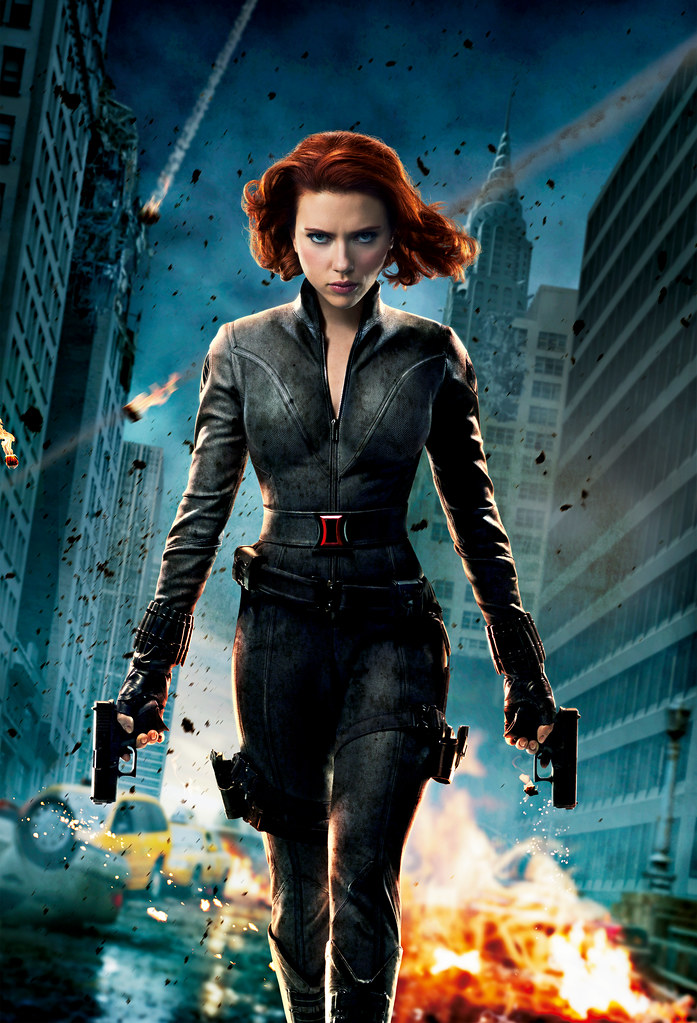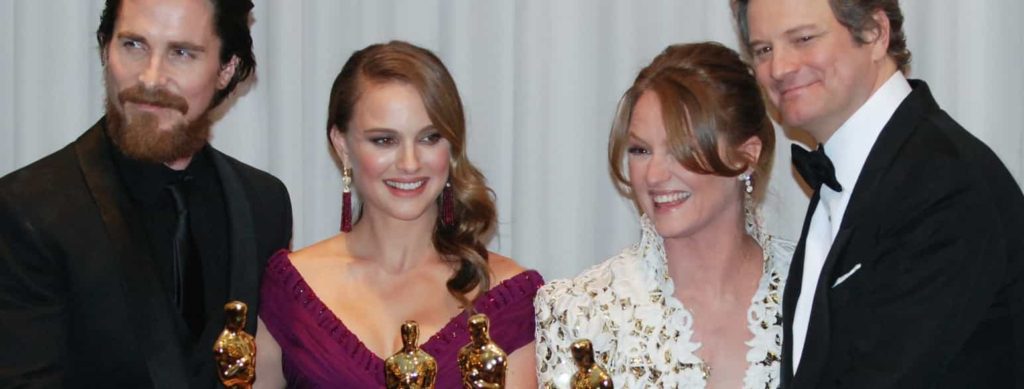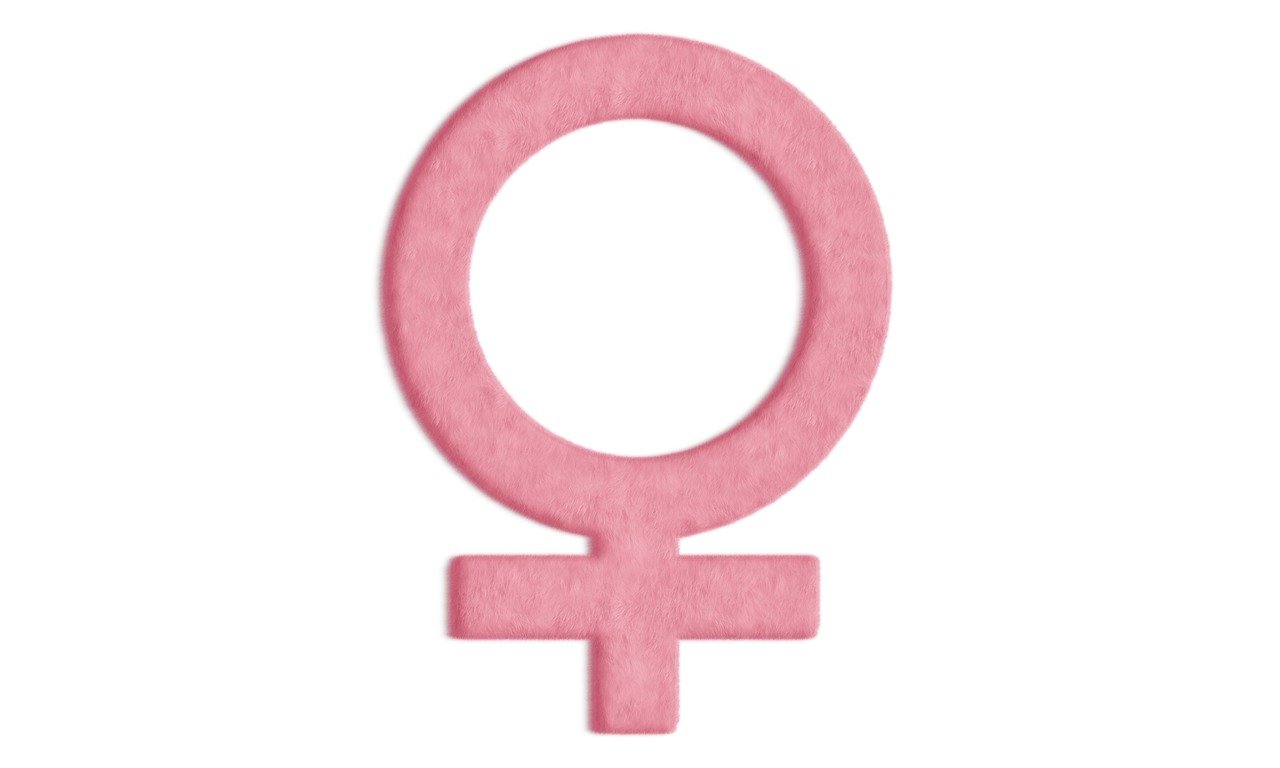Throughout time, society has been subjected to seeing their favorite films and media pieces portrayed through the lens of the male gaze. Whether that be a tabloid regarding the weight or dating life of a female celebrity in a lifestyle magazine, or the difference in characters and character development between men and women in film, as a group, individuals have learned to deal with the reality of the male gaze and move on.
I remember one night I was on TikTok, I saw a video on the differences between men and women’s Halloween costumes on Google. It is so easy to type in any women’s costume and have a scandalous costume come up, and yet when searching the same for men, costumes are generally more modest. The male gaze is a hypersexual way of silencing women and pushing the narrative that women should be objects of lust.
Another example of the male gaze overtaking media is how female versus male characters are dressed in film. One series that comes to mind are the earlier Marvel movies, especially the character of Black Widow. Scarlett Johansson, who plays Black Widow, has spoken critically of past interviews in which more questions were asked about her appearance in the films instead of her actual character. There are even multiple videos titled “Scarlett Johansson vs. Sexist and Inappropriate Questions” and “Scarlett Johansson shutting down sexist comments for five minutes straight.”

With a film industry dominated by men, the female gaze, which promotes more realistic and practical portrayal of women, is so hard to achieve and accurately represent. In fact, there have only been 8 female directors nominated for the Oscar category of Best Director, with Kathryn Bigelow and more recently Chloé Zhao winning for their films The Hurt Locker and Nomadland.


Some may ask “Aren’t women happy with what they have now? Why is a change in the film industry necessary if things have been so good and simple for so long?”
Women have been fighting for the right to be equal in society and in the workplace for generations, but it is clear that the double standard and bias of sexualization is still an issue as the years go by. Many will try to brush off the idea that the male gaze is important and categorize it as a new trend or problem that Gen-Z has made up, but this concept has been around since the early days of film.
In 1973, British film theorist Laura Mulvey wrote an essay titled “Visual Pleasure and Narrative Cinema” published in 1975. Mulvey was a professor of film and media studies at the University of London and went to educate others on the ways that mainstream media objectify and use the male lens of perspective as the default way of film.
“Pleasure in looking has been split between active/male and passive/female,” Mulvey wrote. “The determining male gaze projects its fantasy onto the female form which is styled accordingly.”
So what can society do to combat the ideas of the male gaze? Can the public even change the norm of film and media? By being aware of the imbalance in the media being presented around us, people are already making a conscious change, and freeing themselves from the chains that this narrative has created.
Try to challenge yourself by having freedom of thought, or think out of the box. Doing things such as supporting women in film and media, notice the way in which film is being directed, and finally discard the heaviness of worrying about being seen, or being the perfect person in the eyes of one group are all great ways to make a difference. After all, beauty is simply in the eyes of the beholder and does not belong to one set “gaze.”



